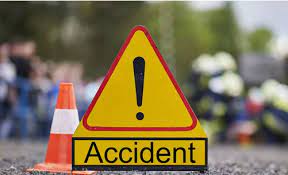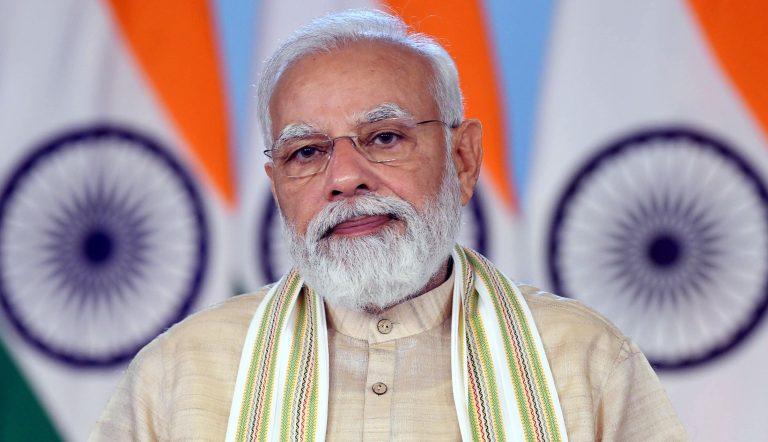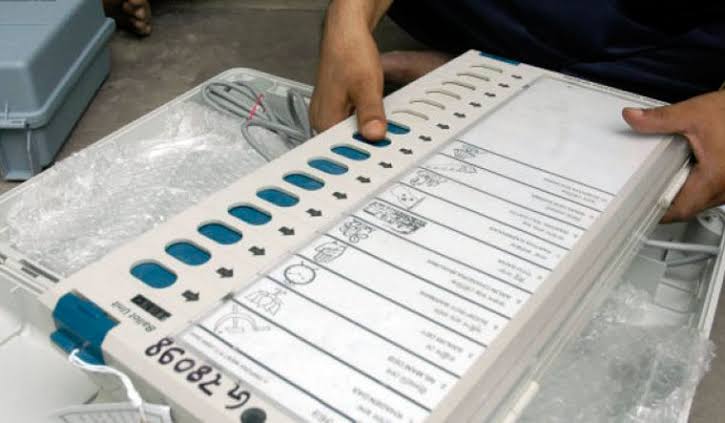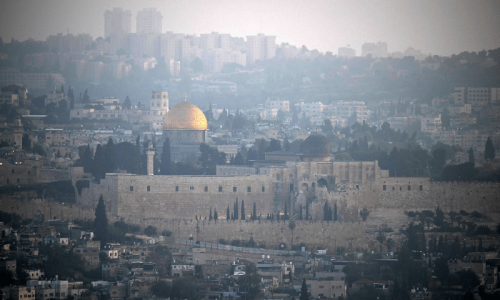For Every 2 Militants Killed, Forces Lost 1 of Its Men
srinagar;The cold afternoon of February 14, 2019 will be remembered as the day Jammu and Kashmir witnessed the deadliest terror attack in its history.
Adil Dar, a local militant, rammed an explosives-laden car against a Central Reserve Police Force (CRPF) convoy, killing 40 security personnel. In the process, 20-year-old Dar blew himself up too.This was the second deadliest attack on security forces and the third suicide car bombing in the state after the 2000 attack on the Srinagar Legislative Assembly in which 38 people and three militants were killed. A year after, in 2001, a local militant had rammed an explosives-laden car against the Indian Army Cantonment in Badamibagh, Srinagar. All three attacks were carried out by the Jaish-e-Mohammad.
The background against which last week’s suicide bombing attack is being seen is the surge in violence in the region after the rise in militancy post-2014. This surge saw young boys like Burhan Wani taking up guns, adding to the cycle of killings that have gone on for far too long. Since then, more than 1500 people — civilians, security forces and militants — have been killed in encounters, cross border infiltration and numerous ceasefire violations.
A News18 analysis of South Asia Terrorism Portal (SATP) data from 2014 to 2019 shows that militancy-related violence in the state peaked in 2018, with the number of incidents that saw killings going up to 205, thereafter decreasing in 2017 with 164 incidents, 112 in 2016, 90 in 2014, 88 in 2015, and a total of 16 in the first two months of 2019.
The analysis also found out for every two militants killed, the forces lost one of its men, and for every 82 militants killed, there were 18 civilians deaths.
According to the available data, 2018 was the year with the highest number of casualties. The year saw 451 deaths. This included 270 militants, 95 security forces personnel and 86 civilians. For 2017, the number of casualties stood at 358, out of which 218 were militants, 83 were security forces personnel and 57 were civilians. The ratio of militant–security personnel killings has been close to 2:1 for the last five years.
The SATP data, however, doesn’t count the civilian deaths that occur beyond encounter-related incidents and ceasefire violations. For instance, civilians killed by forces during clashes in various parts of Kashmir are not part of the SATP database.
However, the Jammu and Kashmir Coalition of Civil Society (JKCCS), a local human rights group in Kashmir, in its January 2019 report said that close to 522 civilians were killed in the state since 2014.
According to another 2018 report, among 160 civilians killed in 2018, 18 were women. The year also witnessed the killing of at least 31 children, accounting for nearly 20% killings of civilians, which is a record high for the last 10 years.
This surge in killings during 2018 and 2017 came in the backdrop of ‘Operation All-Out’ — an Indian Army offensive against the militants after their numbers rose above 400 for the first time since 2011.
A deep-dive analysis into the SATP data also reflects that October has been the bloodiest month in Jammu and Kashmir since 2014. The month has seen 78 incidents of killings over the last five years, which is the maximum in the time period, followed by 74 in November and 73 in August. Most of these incidents resulted in the death of militants — local and foreign alike.
Civilian deaths reached a maximum of 26 in the months of April and May due to an increase in encounters, while January has seen the least with seven deaths.
The region also witnessed 68 deaths of security forces in the month of February — the highest number of deaths followed by a decrease in the next few months before peaking to 54 in August, SATP data analysis show.
There have been 107 deaths of militants in the month of November followed by 105 in September.
It is important to note that in 2018, the central government had announced a Ramzan ceasefire in J&K asking security forces not to launch anti-terror operations in an effort to maintain peace for all those fasting.
Despite these efforts, a total of 354 people died in 2017 — 53 civilians, 83 security forces, and 218 militants. While the killings of militants, security forces and civilians continued unabated, Home Minister Rajnath Singh had then said that the situation in Kashmir Valley was ‘improving’. “I understand that the situation in Kashmir has greatly improved. I don’t want to claim that everything is completely fine but things are improving, this I can say with firm belief,” Singh had said on September 11, 2017.
Irrespective of the assurances by ruling party leaders, the following year in 2018 saw the most number of deaths. As many as 457 people — 86 civilians, 95 security forces and 276 militants — were killed, marking it the year with the highest number of deaths in militancy-related incidents since 2014.
Further analysis of the SATP data also showed maximum incidents of killings on Mondays and Thursdays. Most civilian deaths were witnessed on Sundays and Mondays.
Between 2016 and 2018, encounters in the Valley on weekends increased from 25 percent of the total encounters two years ago to 30 percent last year. The number touched 33 percent in 2017.
Taking only Sundays, one can see a sharper spike with incidents of killings going from 10 percent of the total encounters in 2016 to 17.56 percent in 2018. A better estimate of this increase in violence specifically on weekends can be gauged more accurately when associated with the number of fatalities in these encounters. In 2016, 50 militants (30 percent) were killed on Saturday and Sundays. This figure jumped to 74 (34 percent) in 2017 and 116 (42 percent) last year.
On the other hand, security forces and militants deaths have spiked on Thursdays. While the least number of incidents of killings and civilian deaths were seen on Tuesday, security forces and militant deaths were on Wednesday.On February 5, Hansraj Gangaram Ahir, MoS in the ministry of home affairs, informed the Lok Sabha that 91 security forces personnel were killed in 2018 with 614 terror incidents recorded.
Despite heightened counter-militancy efforts by the security forces in 2018 resulting in highest militant killings in a decade, militant recruitment was also at its peak in over a decade during the year. As many as 200 youth joined local militant ranks in 2018. After a decline between 2011 and 2013, the militant recruitment figures increased in 2014 (53) reaching 126 in 2017.
Earlier in February this year, Northern Army commander Lieutenant General Ranbir Singh told the media that there are around 450 militants operating in J&K.
On June 14, 2018, United Nations released a report on the situation of human rights in J&K, alleging violations in the state.
Going forward, the report concludes with an urgent need to address the ongoing human rights violations and to deliver justice to all living in Kashmir who’ve now faced several decades.news 18






